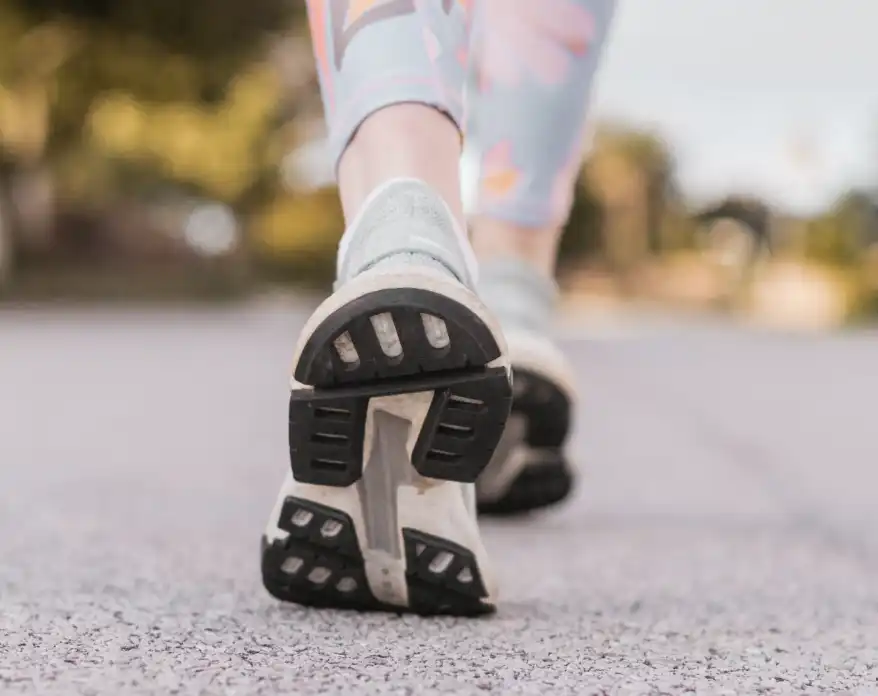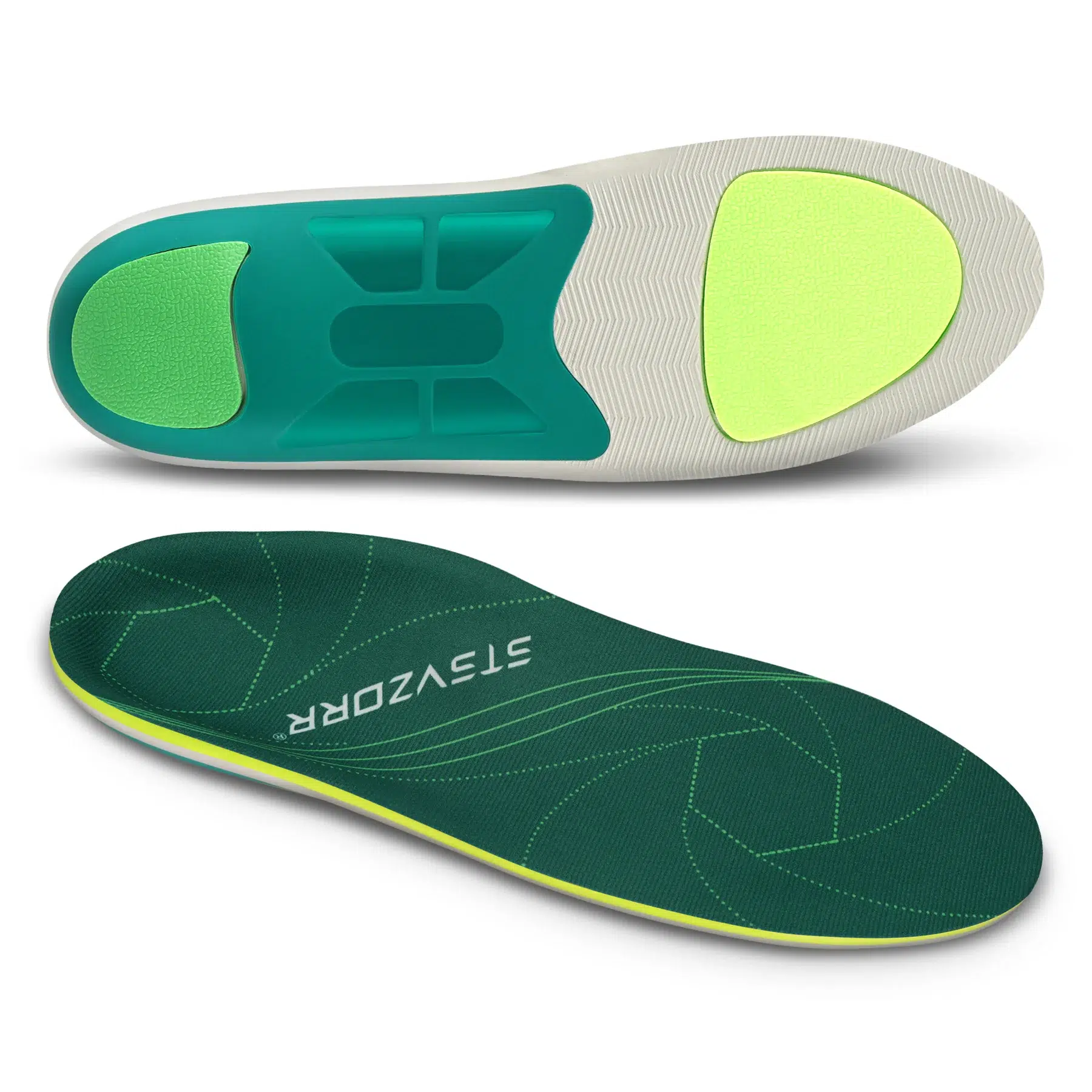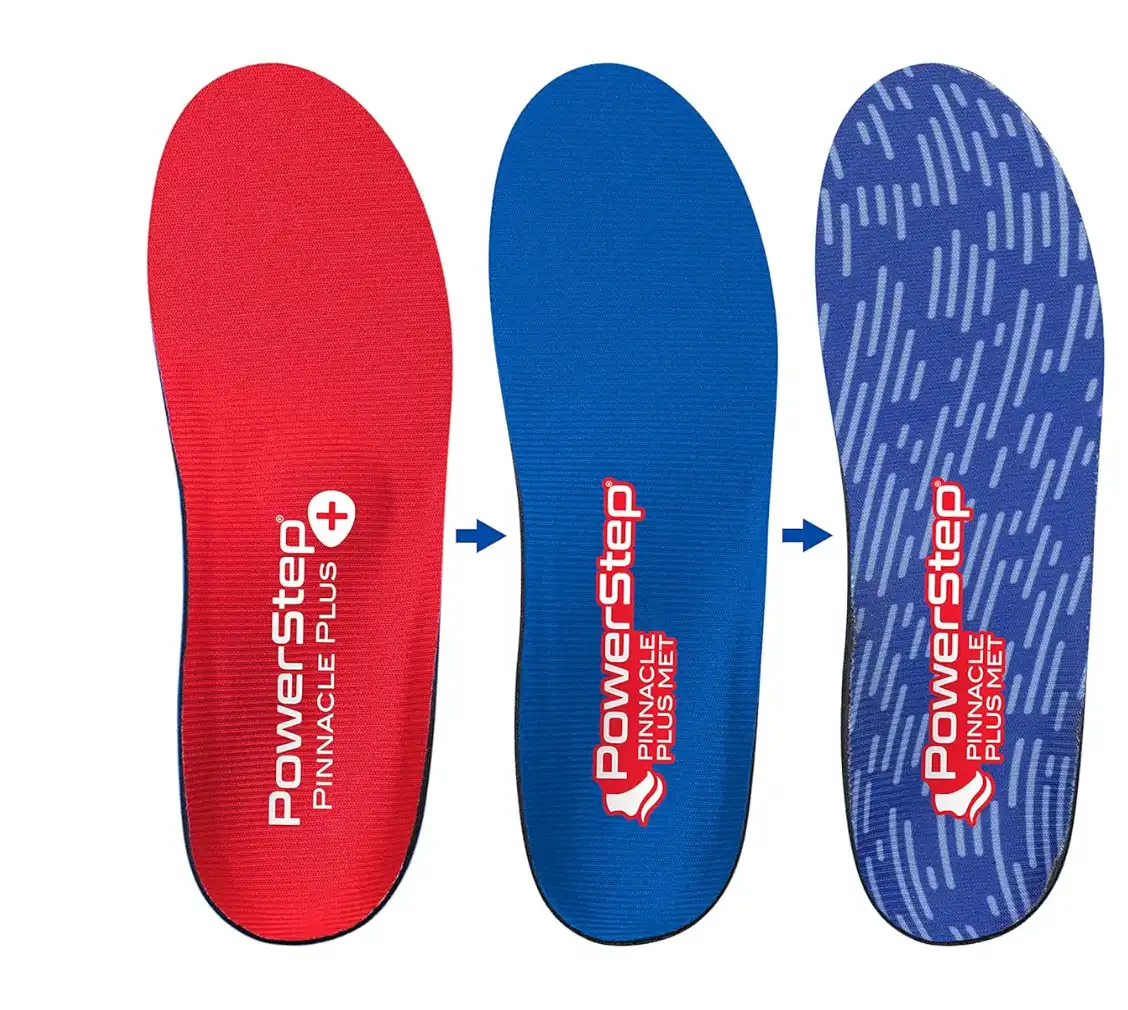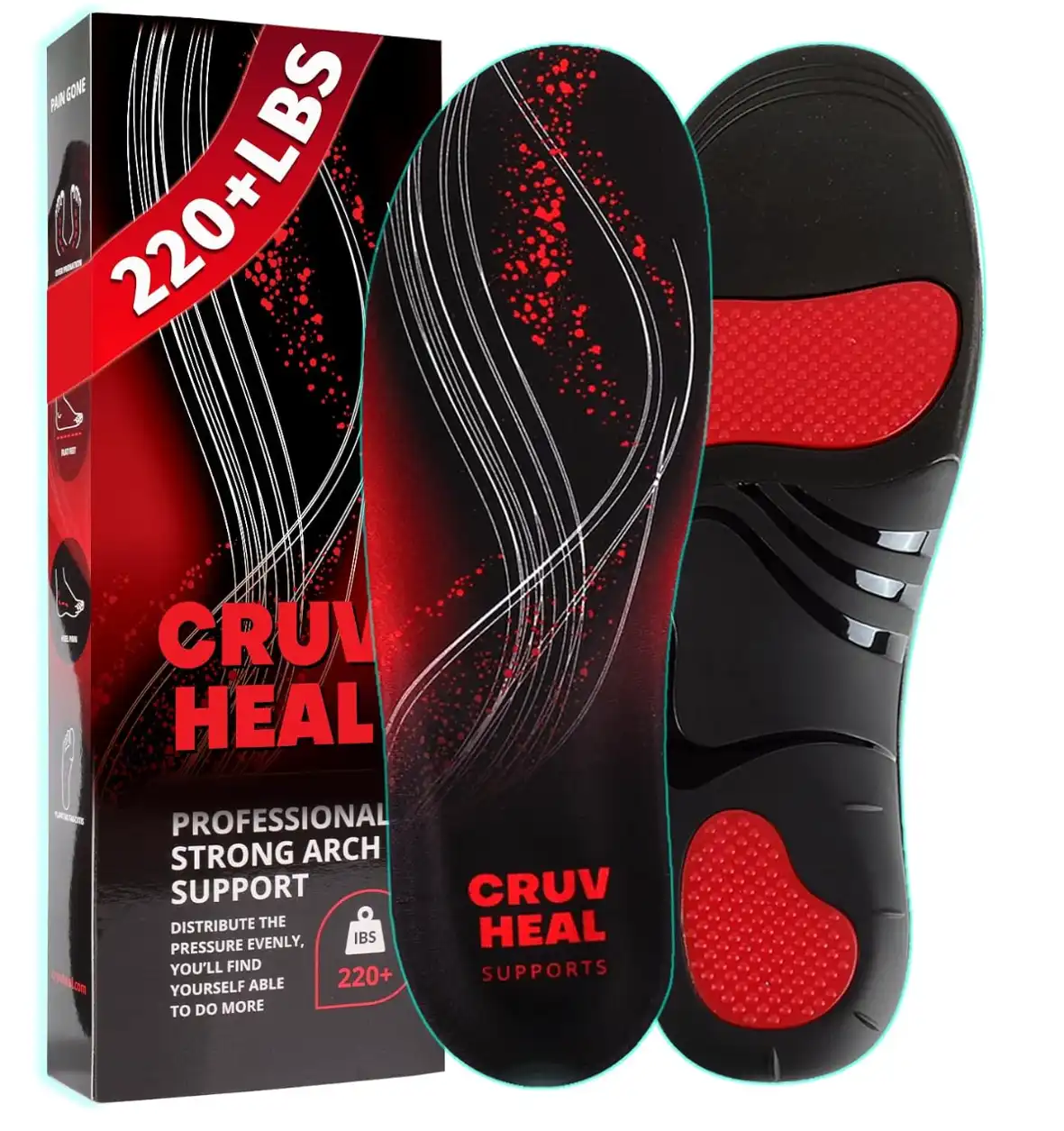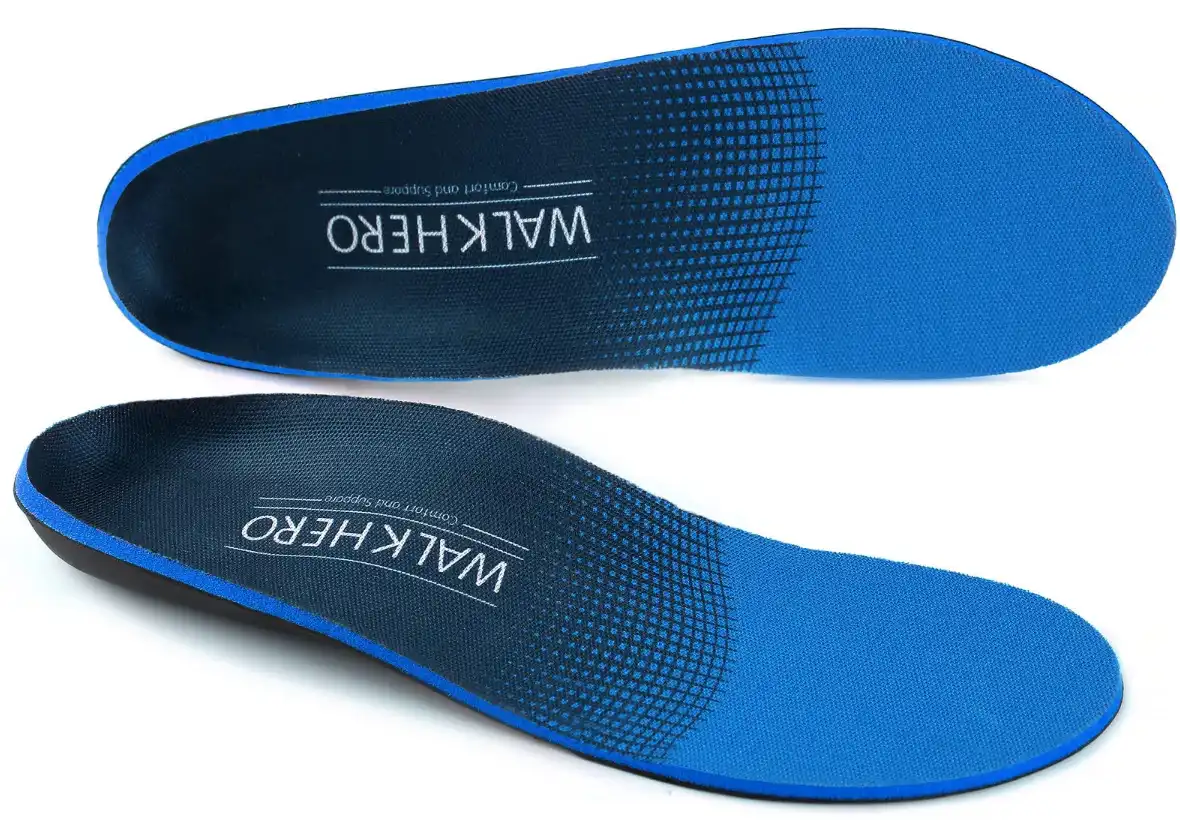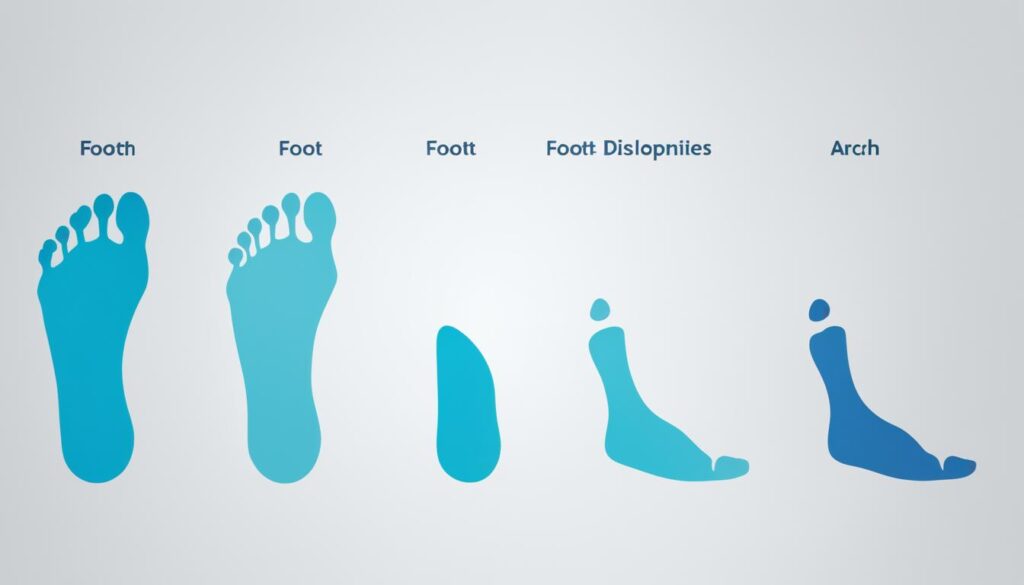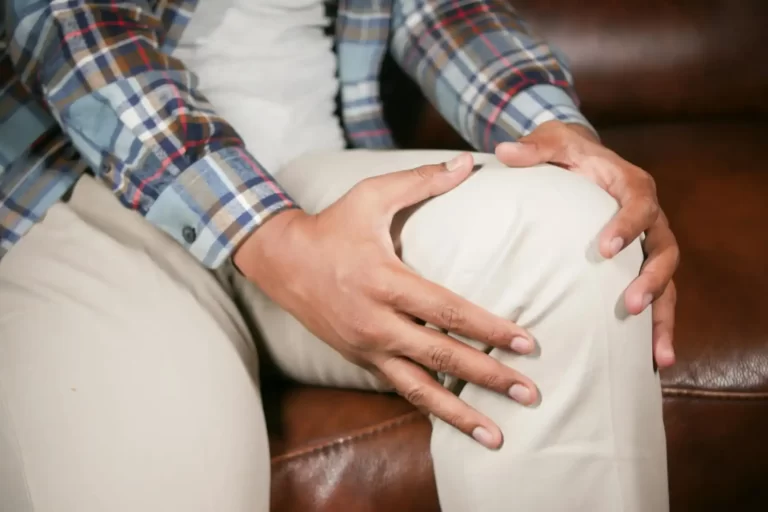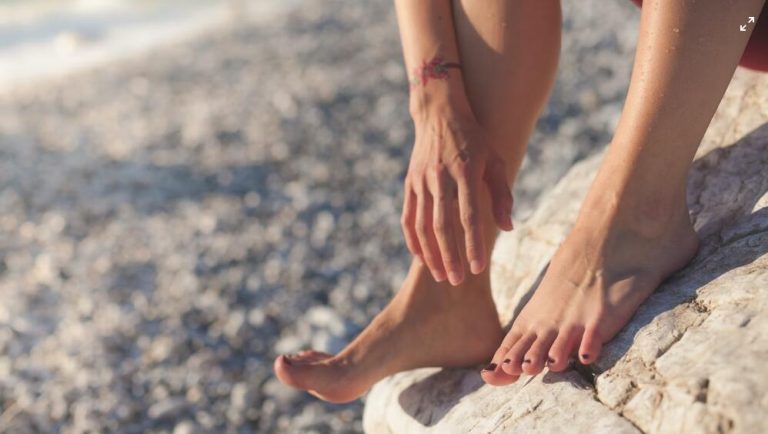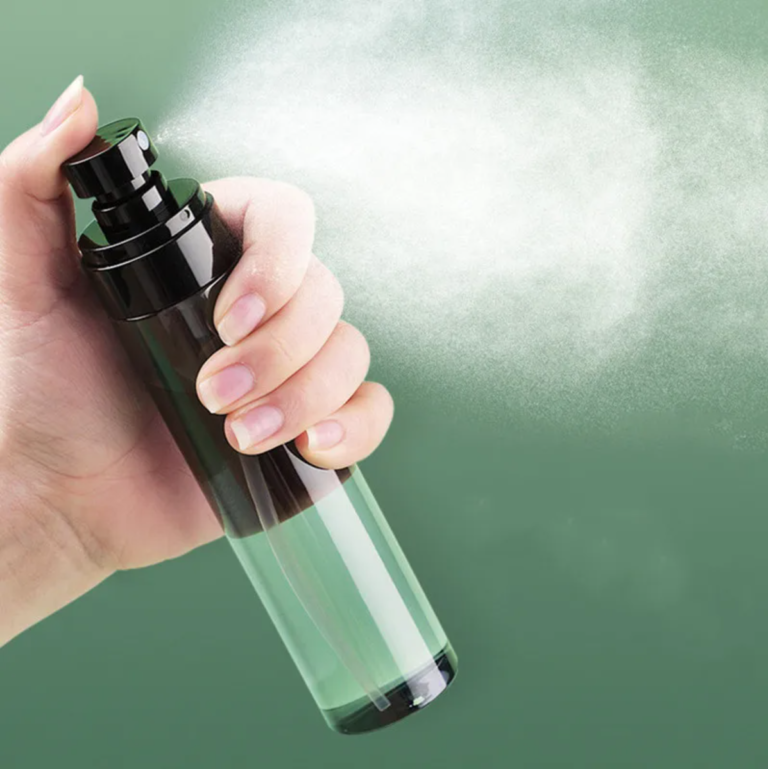Best Insoles for Toe Pain Relief: Top Rated Options
Toe pain can make simple tasks hard. The right insoles can help a lot. They give your feet support and softness. According to Dr. Steven Neufeld, insoles make your feet feel better by adding a cushion. They reduce pain and make walking easier, especially later in life.
We asked five experts which insoles are best for toe pain. Then, we tested 20 pairs by walking, running, and working out in them for over 5,000 hours. Our top choices excel in support, comfort, and value. We even had specialists check this guide for accuracy.
Key Takeaways
- Insoles can help relieve foot pain and soreness, including toe pain.
- We tested 20 pairs of insoles over 5,000 hours to find the best options.
- Top picks are highly rated for support, comfort, pain relief, and value.
- Key features to look for include a supportive heel cup, cushioning, and semi-rigid construction.
- Proper break-in and maintenance are important for getting the most out of your insoles.
Understanding the Benefits of Insoles for Toe Pain Relief
Insoles adjust your feet and ankles to ease pain and soreness. They work on flat feet, pain near the toe knuckles, and knee discomfort by fixing the arches. The right insoles with proper arch support also aid your heels, helping with a better stance.
How Insoles Alleviate Foot Pain
By evening out how weight falls, insoles lower foot pressure and improve your body’s stance. This is great news for folks with plantar fasciitis, bunions, or pain in the foot knuckles.
Types of Insoles: Over-the-Counter vs. Custom Orthotics
Store-bought insoles offer basic support and cushioning. Custom orthotics, on the other hand, fit only you and deal better with tough foot troubles. Ready-made options are priced at $10 to $75, but tailor-made ones range from $500 to $1500. However, Dr. Neuhaus highlights that spending over $75 is unnecessary. Depending on insurance, the cost of custom inserts might drop, but they need a doctor’s prescription.
Key Features to Look for in Quality Insoles
Experts say quality insoles should have specific features. These include:
Heel Cup: Providing Stability and Support
A heel cup that shapes around the back of your foot adds stability and support. It keeps your foot in line, stopping it from rolling too much inward or outward.
Cushioning: Absorbing Impact and Reducing Pressure
Quality insoles need good cushioning. Foam or gel layers absorb shock and lessen pressure. This is super important for anyone dealing with foot pain or specific foot problems.
Rigidity: Maintaining Proper Foot Alignment
They should also be semi-rigid to keep your feet aligned properly. Too much flexibility is bad. Their firmness stops your feet from moving too much, which can lead to painful issues.
Best Insoles for Toe Pain Relief
Looking for the best insoles to ease toe pain? Here are our top choices:
ComfortMax Insoles
Looking for an affordable option? ComfortMax Insoles is just right. It has a soft foam cushion, sleek design, and is breathable. A perfect fit for casual, sock-free wear.
Pros
- The robust arch support provides substantial relief for foot fatigue and soreness.
- The gel padding absorbs shock, reducing the risk of injuries and allowing for longer periods of activity without compromising comfort.
- The versatile design fits a variety of footwear, making it a great option for those with active lifestyles.
Cons
- Some users may experience foot pressure during the first few days of use as their feet adjust to the arch support.
- The insoles may not fit well in shoes with a narrow width.
- The turquoise color may not be to everyone’s liking.
Our experience with the ComfortMax Insoles has been overwhelmingly positive. The substantial arch support evenly distributes body weight, reducing foot impact and providing relief from pain. The cushioning for the heel, arch, and forefoot also helps to reduce stress on joints, making these insoles a great option for those with plantar fasciitis or heel spurs.
Roamingfeet Carbon Fiber Insoles
These insoles come with a deep heel cup and the prestigious APMA Seal of Approval. They also help enhance your posture, especially if you have high arches.
Pros
- The carbon fiber insole provides excellent support and helps with various foot problems.
- The unique design of the 180-degree flat plate provides all-around support.
- The insoles are suitable for most shoe types and can be used for various sports activities.
Cons
- The carbon fiber insoles may not fit all shoe sizes perfectly.
- The insoles may take some time to get used to.
- The insoles may not provide enough cushioning for those with severe foot pain.
We found the Carbon Fiber Insoles to be a great choice for those seeking relief from toe pain. The carbon fiber insole is light in texture, has good toughness and strength, and can help with many foot problems. The 180-degree flat plate design provides all-around support and is sturdy, thin, lightweight,
PowerStep Pinnacle Plus Met Insoles
These insoles excel at relieving pain. They feature soft yet responsive cushioning and fight odors. They’re perfect for runners and those dealing with knee or heel pain too.
Pros
- Full-length, total contact support
- Built-in metatarsal pad
- Unique contour for ball of foot pain relief
Cons
- May require trimming for some shoe styles
- Wide design may not fit all feet
- May take time to get used to the arch support
These insoles feature a semi-rigid neutral arch support shell that cradles the arch and heel, adding stability and motion control to limit excess stress on feet, ankles, joints, and tendons. The signature PowerStep arch shape helps improve foot function, decrease arch pain, and alleviate common foot conditions caused by pronation.
CRUVHEAL Work Comfort Orthotic Insoles
With a design that includes a deep heel cup, extra cushioning, and support to fix overpronation, these insoles are a winner against plantar fasciitis pain.
Pros
- The insoles offer anti-fatigue comfort and shock absorption, making them ideal for all-day wear.
- They are breathable and sweat-absorbent, preventing foot odors and keeping feet cool and dry.
- The insoles fit most types of shoes, including work boots, casual shoes, sneakers, and dress shoes.
Cons
- The sizing can be tricky, so make sure to double-check your shoe size before purchasing.
- Some users may find the arch support to be too mild.
- A few customers have reported that the insoles did not provide enough relief for their foot pain.
These insoles are a great choice for those who spend long hours on their feet. The customized cushioning and neutral arch support provide ample comfort and support, while the shock-absorbing design reduces stress on the feet and knees. The breathable, moisture-absorbing fabric ensures that feet stay cool and dry throughout the day.
WALK·HERO COMFORT AND SUPPORT
To fight plantar fasciitis, these insoles have a deep heel cup, strong arch support, and light cushioning. A great choice for many.
Pros
- The arch support helps improve foot and leg alignment, enhancing comfort and reducing stress caused by flat feet, bunions, arthritis, and plantar fasciitis.
- The deep heel cup maintains correct foot positioning and protects your heel during heavy impact, providing stability and preventing further injury.
- Made of premium EVA material, these insoles are excellent for shock absorption and foot fatigue, and the fabric helps keep your feet cool.
Cons
- The arch support may be too high for some individuals, causing soreness.
- The insoles may not fit all shoe sizes, so be sure to check the sizing chart before purchasing.
- The package is not very durable, so be careful when opening it to avoid damaging the insoles.
We found that the WALK·HERO COMFORT AND SUPPORT insoles provided great relief for our toe pain. The arch support and deep heel cup helped improve our foot alignment and reduce stress, while the premium EVA material provided excellent shock absorption and comfort.
Choosing the Right Insoles for Your Needs
It’s key to match your insoles with your foot type. If you have flat feet, go for insoles that lift your arches. This will spread your weight better. If your arches are high, pick insoles with a snug heel and extra padding. They’ll keep you comfy and supported. Think about your daily activities and the shoes you wear. This will help you find the perfect pair, as each insole has its unique benefits.
Flat Feet vs. High Arches: Finding the Perfect Fit
Flat feet can cause your arches to roll in. Insoles with firm arch support can fix this. They give feet the stability they need. High arches require more cushion in the heels. This softens your steps and eases pressure.
Considerations for Different Activities and Shoe Types
Consider your activities and shoes for the right insole. Athletic insoles are great for sports and long walks. For jobs on your feet all day, like in construction, get something rugged. You might also like heat-moldable insoles. They adjust to your foot shape for a better fit.
Expert Tips for Getting the Most Out of Your Insoles
To get the best use from your insoles, breaking them in right and taking care of them is crucial. These tips will help you enjoy great foot comfort thanks to your insoles.
Breaking In New Insoles Properly
Wearing new insoles needs a slow start. Begin by wearing them for a short time, like an hour, then increase this slowly over days. This method helps your feet adjust to the new support and cushioning. Letting your feet get used to the change avoids any painful surprises.
Maintaining and Replacing Insoles
It’s important to keep your insoles clean to keep them effective. Use a damp cloth to remove dirt, sweat, and smells. Also, changing them every 6-12 months is advised. Fresh insoles are crucial for continued comfort.
Stick to these expert guidelines for lasting insole comfort. Proper use and care will make your insoles a dependable support for many steps to come.
Conclusion
Insoles can really change the game for those with foot pain issues. They help with toe pain, plantar fasciitis, and more. These insoles give cushion, support, and keep your feet in the right position. This can lower your pain and make you feel better all day. Look for insoles that have a good heel cup, plenty of cushion, and a firm build. The best insoles will fit your feet and the things you do every day. With the right insoles and care, no more foot pain, just comfort.
Using orthotic insoles is key to easing foot pain and living better. It’s smart to talk to a foot doctor for the best advice. They can suggest the right insoles for you. This is important because everyone’s feet are different and might need special care. Insoles for plantar fasciitis, hammer toes, and flat feet can help a lot. They are made to do the job for each different foot issue.
Foot problems are common in the U.S., and it’s important to find good insoles. The right insoles can improve your comfort and health. Get good-quality insoles that fit your needs. This way, you can take care of your feet and have happy, pain-free days.

